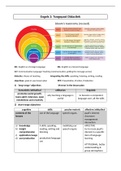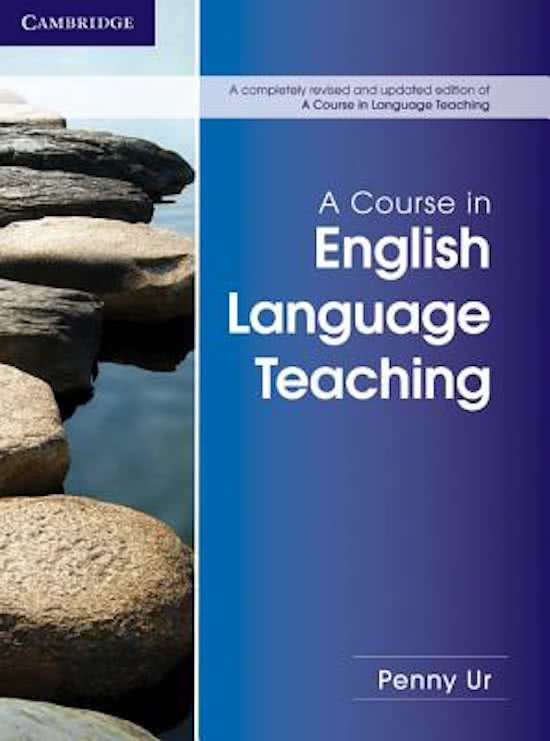Summary
Summary English 3 Applied didactics (A Course in English Language Teaching, ISBN: 9781107684676 - Chapters 12, 15, 18, 19, 20)
- Course
- Institution
- Book
This is a summary for the course English 3: Applied Didactics, of the secondary English teacher training at AP Hogeschool. During this course, the following chapters of the book “A Course in English Language Teaching” (ISBN: 9781107684676) were covered: - CHAPTER 12: ASSESSMENT AND TESTING ...
[Show more]




